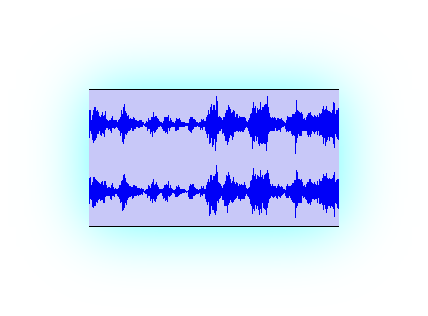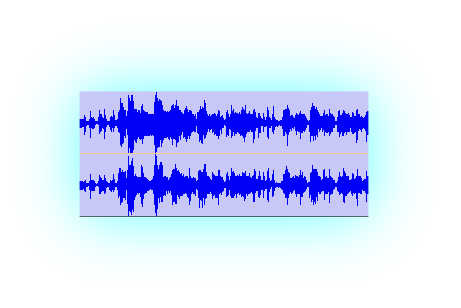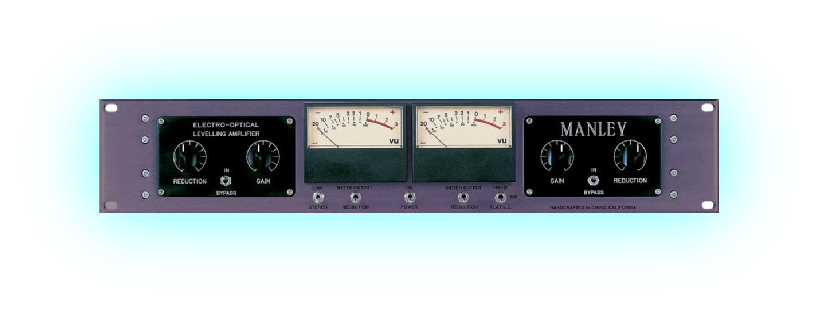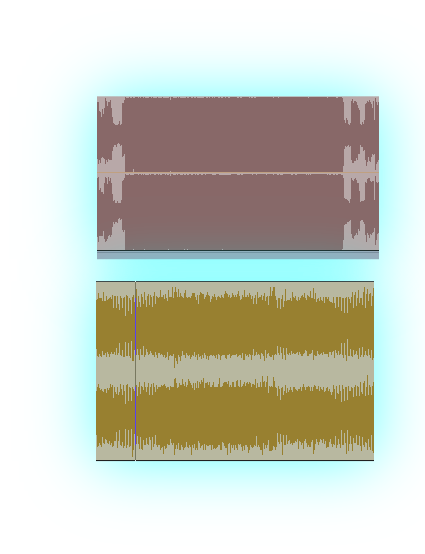The Loudness war!
You may or may not be aware of it but there is a loudness war going on and it’s getting out of hand. Record and media company moguls have discovered that a simple device ‘normally’ used to limit the dynamic range of an audio signal to prevent various audio systems and media from overloading can be ruthlessly exploited to make everything audio, continuously and relentlessly loud!!! Invented early last century engineers called these devices compressors and limiters. Basically they are just automatic volume controls which can turn the volume down incredibly quickly when it gets too high and turn it back up again quickly once the peak has gone. This way a wide dynamic source like an orchestra can safely be compressed into a smaller dynamic preventing overload. Little did they know what they had done! Recently a just turn it up and squash all the peaks approach has been taken to the extreme where it’s simply all just peak. Here are some examples. First how you might expect a recording to be…..




In the example to the right you can see the sound level waveform of a minute or so of a totally straight unprocessed digital recording of a jazz piano. In places this recording actually peaks at full scale but most of it is as you see here. There are quiet bits and louder bits as the performer puts expression and dynamics into the playing. This is what you would naturally expect. The wide dynamic of modern hi-fi digital recording devices and media easy allows this and much more.
To the left is a section of a pop song, again recorded absolutely straight. You can see it’s generally a little louder on average than the jazz and you can plainly see that it peaks full scale a few times. Nothing overloads here but in the days of noisy vinyl, as the full scale peaks are rare, an cutting engineer might consider they are a bit of a nuisance so use a limiter or compressor with care on these peaks usefully raising the level above the noise without spoiling the overall recording. A master disc cutting engineer would in fact do this with some reserve. It was a real skilled job being a cutting engineer.
A lot would depend on where the recording would end up. In the past cutting a vinyl record master presented some really tricky problems as it is vital the needle stays in contact with the groove so bass and treble as well as dynamic range has to be controlled for safety without spoiling the sound of the master tape too much. In this era good cutting engineers were sought after. They all used compressors mostly very skilfully. Cassette had a more limited dynamic range than ever so compressors were often employed here to make the best of a very limited medium. But today we have CD with a very wide dynamic. Even better now, we have Super CD and DVD-A which can hold a copy that is identical with the master recording. What on earth could be better than this? Surely compressors and limiters are pretty redundant now? Well scroll down and you’ll see!
Compressors - friend or foe?
These are the devices whose use is now controlled by the money men. The gain and reduction knobs on this particular model are very simple to use. Squash (“reduce”) the dynamic very aggressively and turn the “gain” right up so your signal output is always loud and the natural dynamic gets drastically reduced. In fact…..
Below is what engineers now do to the music or the few bytes of MP3 data you rent!
This, believe it or not, is the actual waveform of a commercial track by Snow Patrol!! Notice any difference? Apart from the short gaps anyone can see it’s completely utterly and totally maxxed out. Even the ‘quiet’ breaks are peaking near to maximum. Only in the short natural gaps is there any respite. Compared to the above tracks, this track sounds LOUD, very LOUD yet it actually peaks at the same signal level. The lead sounds are loud, the quieter details are also loud, much larger than life, in fact everything is just loud all the time. All the dynamics have been completely obliterated from the original recording purely in the pursuit of perceived loudness and impact. There is not even the faintest hint of a volume envelope left. Absolutely everything has been sacrificed for constant loudness. This is what extreme use of compressors and limiters can do and it’s commercially quite normal today.
This is a track by Nirvana. Considering the musical style of this band this is comparatively restrained as it’s not quite maxxed out all the time. It’s still a relentless full on experience with no respite. Again the lead sounds are loud the, what would be, quieter details are loud everything’s loud, loud, loud just about all the time.
Strangely you can so easily make the top two tracks sound as loud as these, if you really want, and yet retain all the dynamics…. It’s called turning up up the volume control of your player! Even on many old recordings you now see “digitally mastered” which these days often translates to “compressed to death” and probably even more than last time is was released! Engineers wanting to keep their jobs go along with it. It’s all about who can shout the loudest and the longest.
TV adverts are notorious for compressing the hell out of their soundtracks too purely to shout attention and make an impact. They make everything sound as loud and as harsh a possible without exceeding the maximum levels for broadcasting. Yep job done! They can say “look the peak level meters for our soundtrack (like the examples above) are showing no higher then most other programme material” so what is the problem?
If this isn’t bad enough, there’s worse. Some media companies are also deliberately distorting these maximum level waveforms in the pursuit of the that last degree of ultimate loudness. And this is not warm, gentle valve type distortion loved by guitarists but harsh and unforgiving digital distortion. Distorting a waveform generates extra harmonics making a waveform sound louder and more aggressive. The sharper you do this this more higher ear-splitting harmonics are produced. The energy level of the sound is raised, particularly at ear sensitive frequencies, but not the peak level. Hi-fi is dead and buried for them and the huge dynamic range of even a standard CD is made a mockery of.
The situation has got so bad that even the authorities are getting pretty concerned about it. They are worried that extended use of in-earphone media players, when turned up, which they usually are, are subjecting listeners to relentless, often ear damaging, high levels of wide-band sound without them even being aware of it. So concerned are they that new standards of level meters are now rapidly being developed to not only monitor peak levels but also the persistent dynamic (or rather lack of it).
Needless to say none of the recordings for sale on this website exploit any of this extreme lunacy. Yes I do use compressors, they are useful tools, but not like this. After hearing many commercial recordings you no doubt will have to spend a second or two turning your volume up to compensate for these ‘low level’ recordings but in return you will experience a full dynamic open sound that the CD medium is capable of with quiet bits, loud bits, light, shade and space.